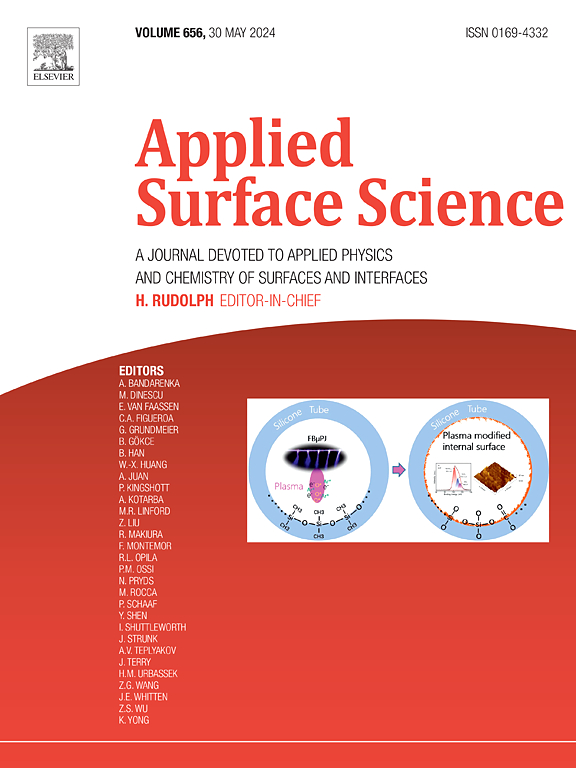Facile fabrication of atomically dispersed iron through the nanoconfined environment for phenol hydroxylation
IF 6.3
2区 材料科学
Q2 CHEMISTRY, PHYSICAL
引用次数: 0
Abstract
Diphenols constitute a class of chemical compounds with diverse applications, and the contemporary method for diphenol synthesis involves the hydroxylation of phenol with a catalyst. The catalysts with Fe sites serve as the active centers for the phenol hydroxylation reaction, with their activity being influenced by both the quantity of Fe sites and their degree of dispersion. However, it is still difficult to prepare highly dispersed Fe sites catalysts at the atomic level by facile methods. Here, we provide a convenient methodology to prepare Fe single-atom catalyst (SAC) by utilizing the nanoconfined environment between the template and silica walls in template-occupied mesoporous silica KIT-6. Through solid-phase milling and calcination, Fe precursors were introduced into the nanoconfined environment to form the Fe-O-Si structure. In the phenol hydroxylation reaction, Fe SAC activity was significantly increased compared to the comparison sample prepared without the nanoconfined environment as well as various reported catalysts.

通过纳米限制环境制备原子分散铁以进行酚羟基化
二酚是一类具有多种用途的化合物,目前合成二酚的方法是用催化剂将苯酚羟基化。含铁位点的催化剂作为苯酚羟基化反应的活性中心,其活性受铁位点数量和分散程度的影响。然而,用简单的方法在原子水平上制备高度分散的铁位催化剂仍然很困难。在此,我们提供了一种方便的方法,利用模板和二氧化硅壁之间的纳米限制环境在模板占据的介孔二氧化硅KIT-6中制备铁单原子催化剂(SAC)。通过固相铣削和煅烧,将Fe前驱体引入纳米环境中,形成Fe- o - si结构。在苯酚羟基化反应中,与没有纳米限制环境和各种催化剂制备的比较样品相比,Fe SAC活性显著提高。
本文章由计算机程序翻译,如有差异,请以英文原文为准。
求助全文
约1分钟内获得全文
求助全文
来源期刊

Applied Surface Science
工程技术-材料科学:膜
CiteScore
12.50
自引率
7.50%
发文量
3393
审稿时长
67 days
期刊介绍:
Applied Surface Science covers topics contributing to a better understanding of surfaces, interfaces, nanostructures and their applications. The journal is concerned with scientific research on the atomic and molecular level of material properties determined with specific surface analytical techniques and/or computational methods, as well as the processing of such structures.
 求助内容:
求助内容: 应助结果提醒方式:
应助结果提醒方式:


